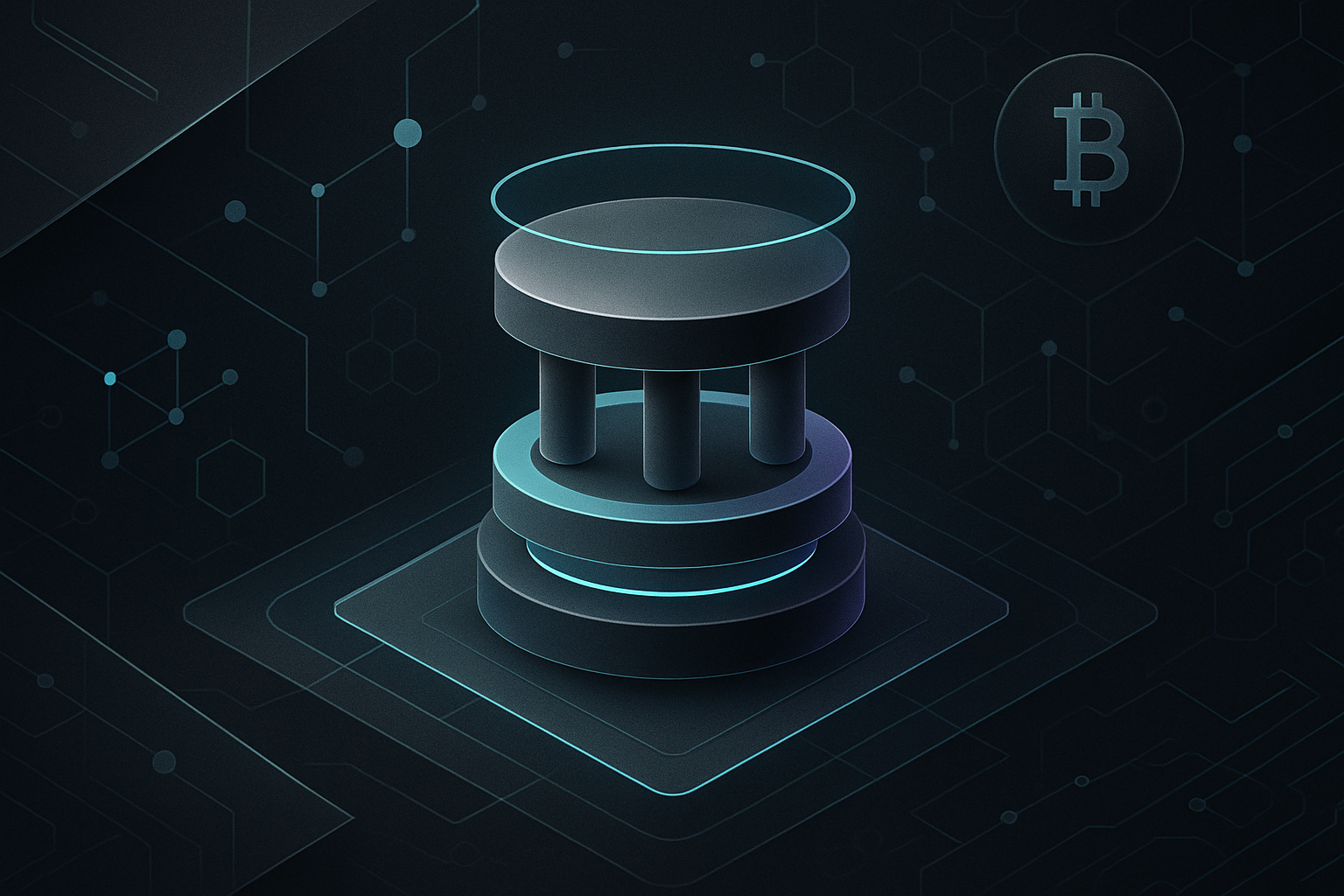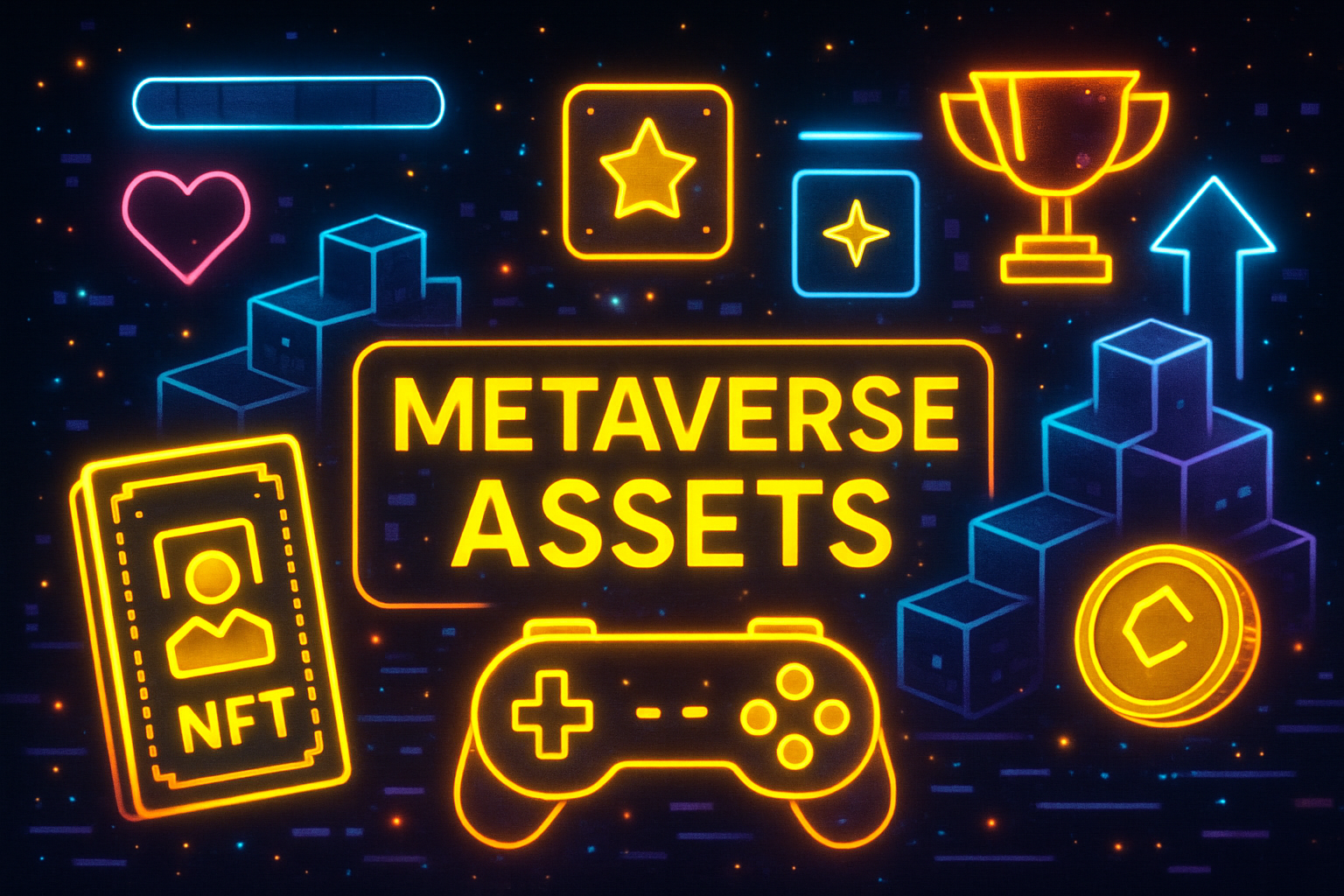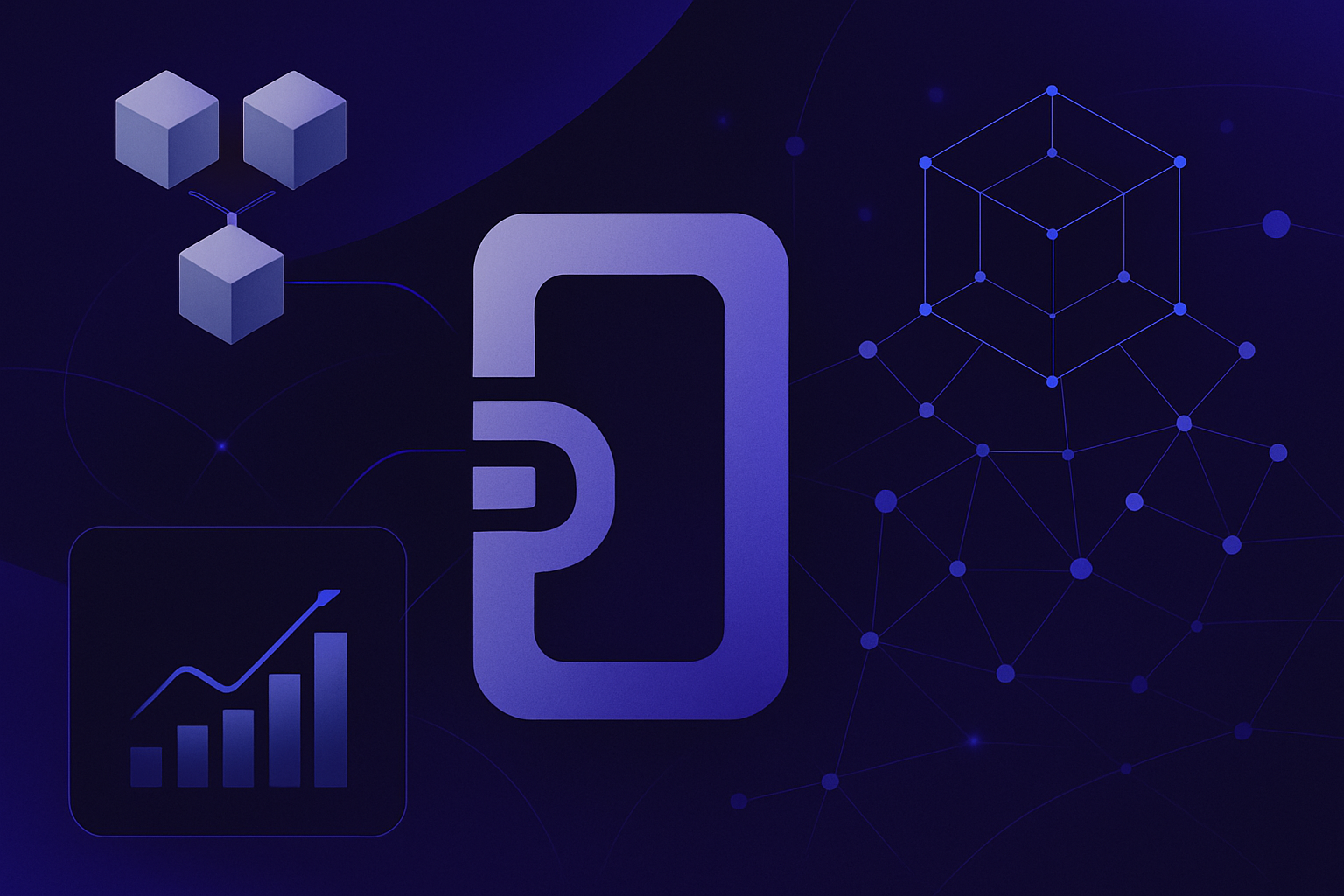
Hybrid rollups are rapidly transforming the usability of modular blockchains, moving the conversation from theoretical scalability to real-world adoption. The combination of modular frameworks like Celestia, Eclipse, and Conduit is driving a new era of blockchain architecture, where developers can launch robust, application-specific chains in minutes, not months. But what makes hybrid rollups such a game-changer for modular blockchains, and how are these frameworks making them practical for mainstream deployment?
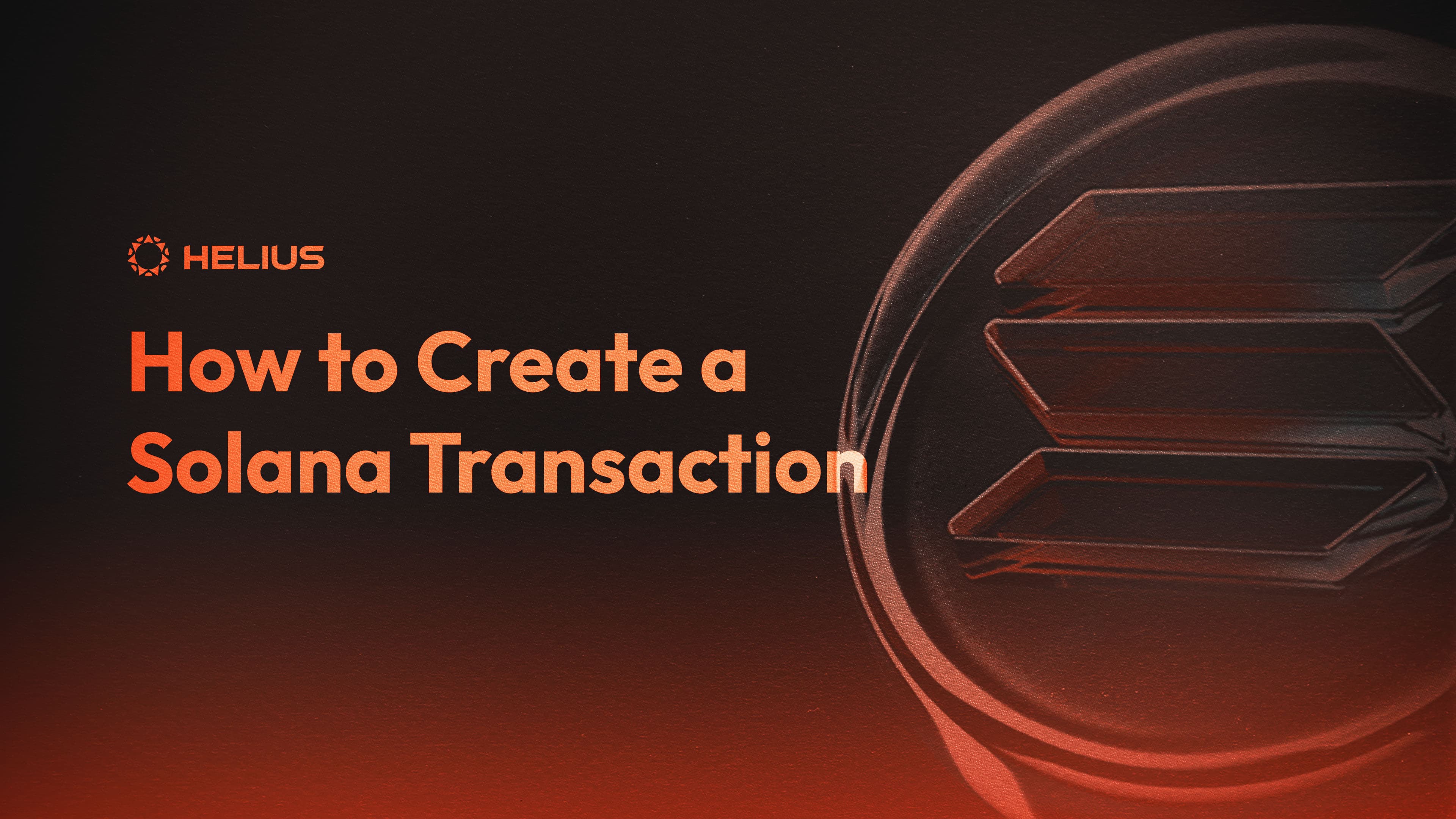
Why Hybrid Rollups Matter for Modular Blockchain Scaling
Traditional blockchains struggle to scale because they try to do everything at once: execution, consensus, settlement, and data availability. Modular blockchains, by contrast, split these responsibilities into specialized layers. Hybrid rollups take this modularity further by blending optimistic and zero-knowledge (ZK) techniques, optimizing for both scalability and security.
Celestia is the backbone of this shift. As a dedicated data availability network, it allows rollups to post transaction data in a way that’s accessible to anyone. This means developers can focus on execution and settlement logic, leveraging Celestia’s consensus and data availability for security. Learn more about Celestia’s data availability layer.
“Celestia lets you launch your own rollup in two clicks. The modular design is a breakthrough for blockchain scalability and developer experience. “
Celestia, Eclipse, and Conduit: Real-World Hybrid Rollup Frameworks
Celestia’s modular framework separates execution, settlement, consensus, and data availability. This separation enables new rollups to inherit security from Celestia without managing their own validator set. The result is a flexible, scalable infrastructure that supports everything from on-chain gaming to dynamic metadata applications.
Eclipse exemplifies the hybrid rollup concept by integrating Solana’s Virtual Machine (SVM) for execution, Celestia for data availability, and Ethereum for settlement. This tri-layered model combines Solana’s speed, Celestia’s data efficiency, and Ethereum’s security. The upshot? Developers can tailor their rollup stack to suit specific performance, cost, and security needs. For a deep dive into how Eclipse stacks up against other frameworks, check out our comparison of Celestia, Eclipse, and Conduit.
Conduit takes usability even further with its Rollup-as-a-Service (RaaS) platform. Developers can launch a modular rollup in about 15 minutes, choosing from a menu of data availability options, including Celestia. This dramatically lowers the barrier to entry for custom rollup deployment, making modular blockchain scaling accessible to teams of any size. For a hands-on look at Conduit’s deployment process, see how Conduit simplifies modular rollup deployment.
Key Benefits of Hybrid Rollups for Modular Blockchain Usability
-
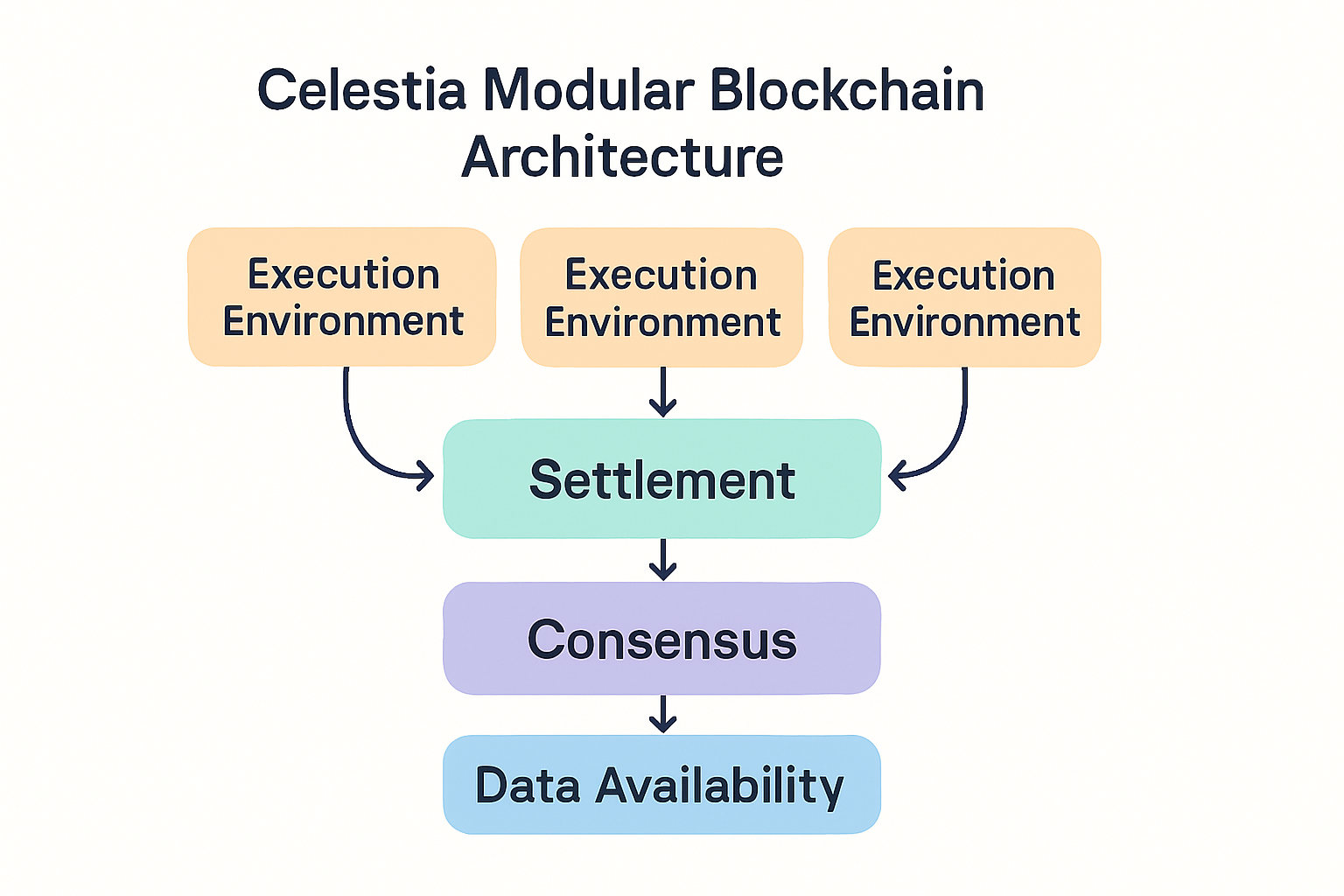
Enhanced Scalability through Modular Architecture: Hybrid rollups, as seen with Celestia, separate execution, settlement, consensus, and data availability into specialized layers. This modular design enables blockchains to scale efficiently by allowing each layer to optimize for its specific function, resulting in higher throughput and capacity for applications like on-chain gaming and dynamic metadata.
-
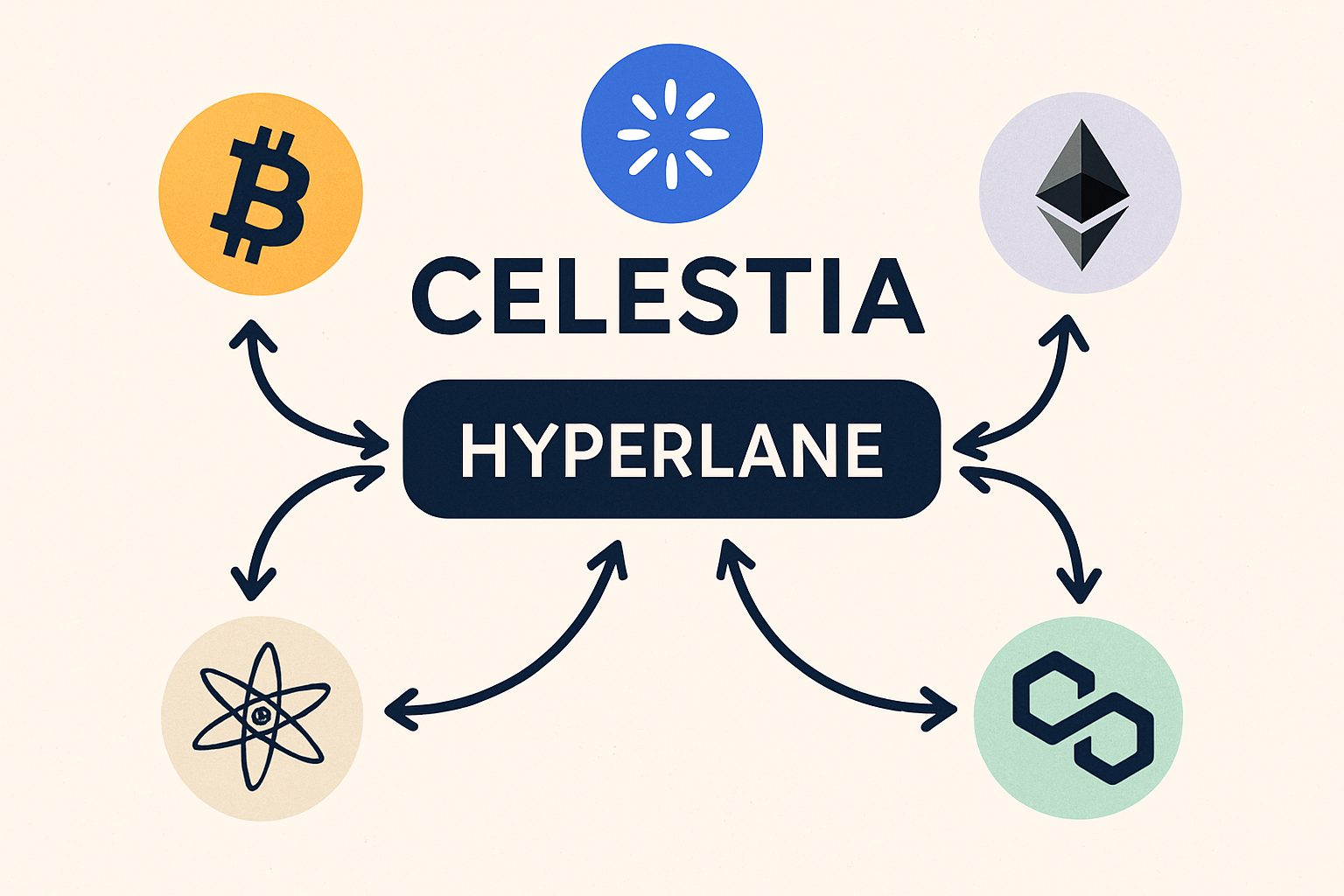
Seamless Interoperability Across Ecosystems: Integrations like Celestia x Hyperlane enable native token interoperability (e.g., TIA) across major chains such as Ethereum, Solana, Base, Arbitrum One, Eclipse, and Abstract. This fosters a more connected blockchain environment, allowing assets and data to move freely between networks.
-
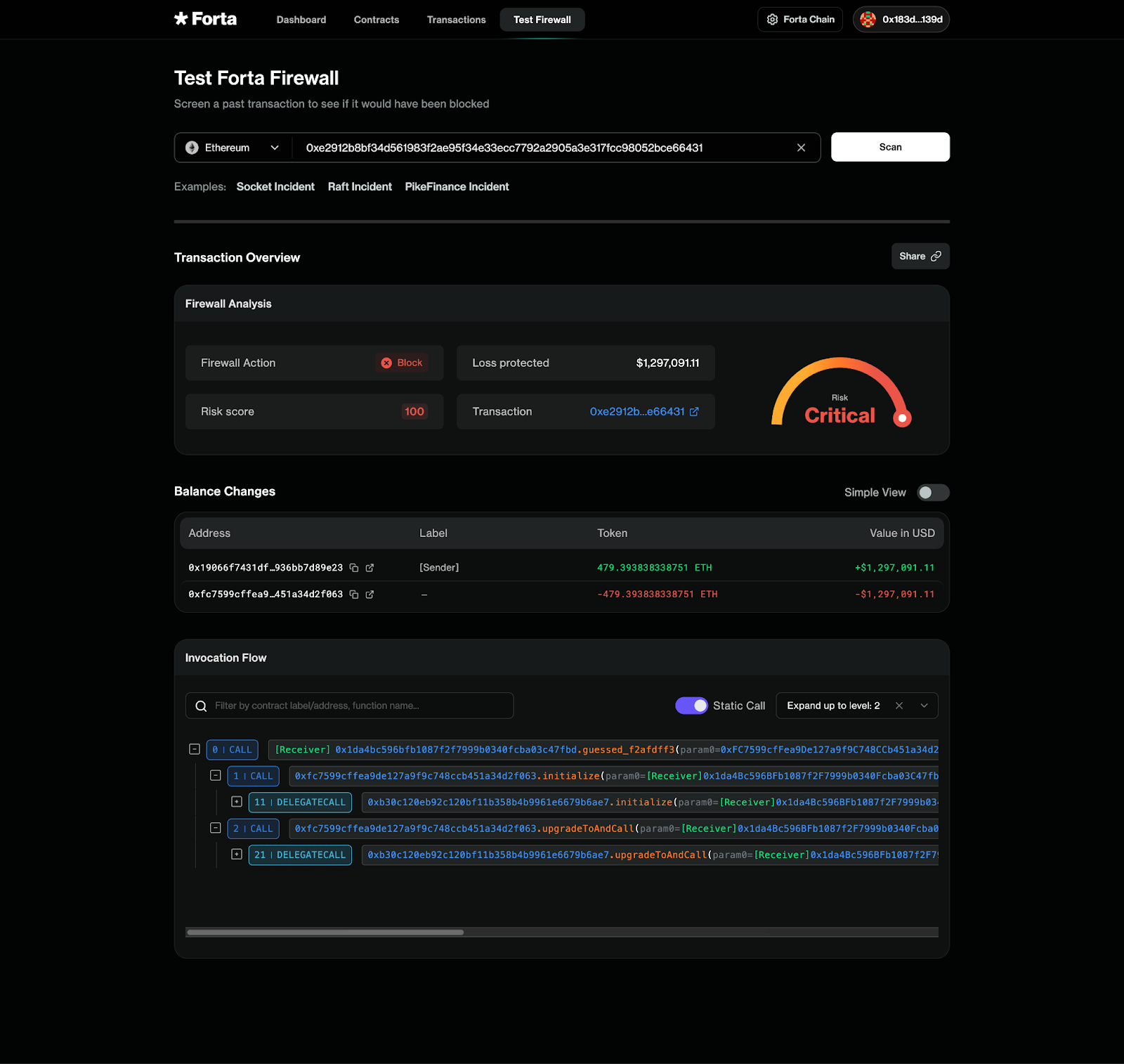
Rapid Deployment with Rollup-as-a-Service (RaaS): Platforms like Conduit allow developers to launch custom rollups in about 15 minutes, leveraging pre-configured infrastructure and flexible data availability options (including Celestia). This drastically lowers the barrier to entry for building scalable, application-specific blockchains.
-
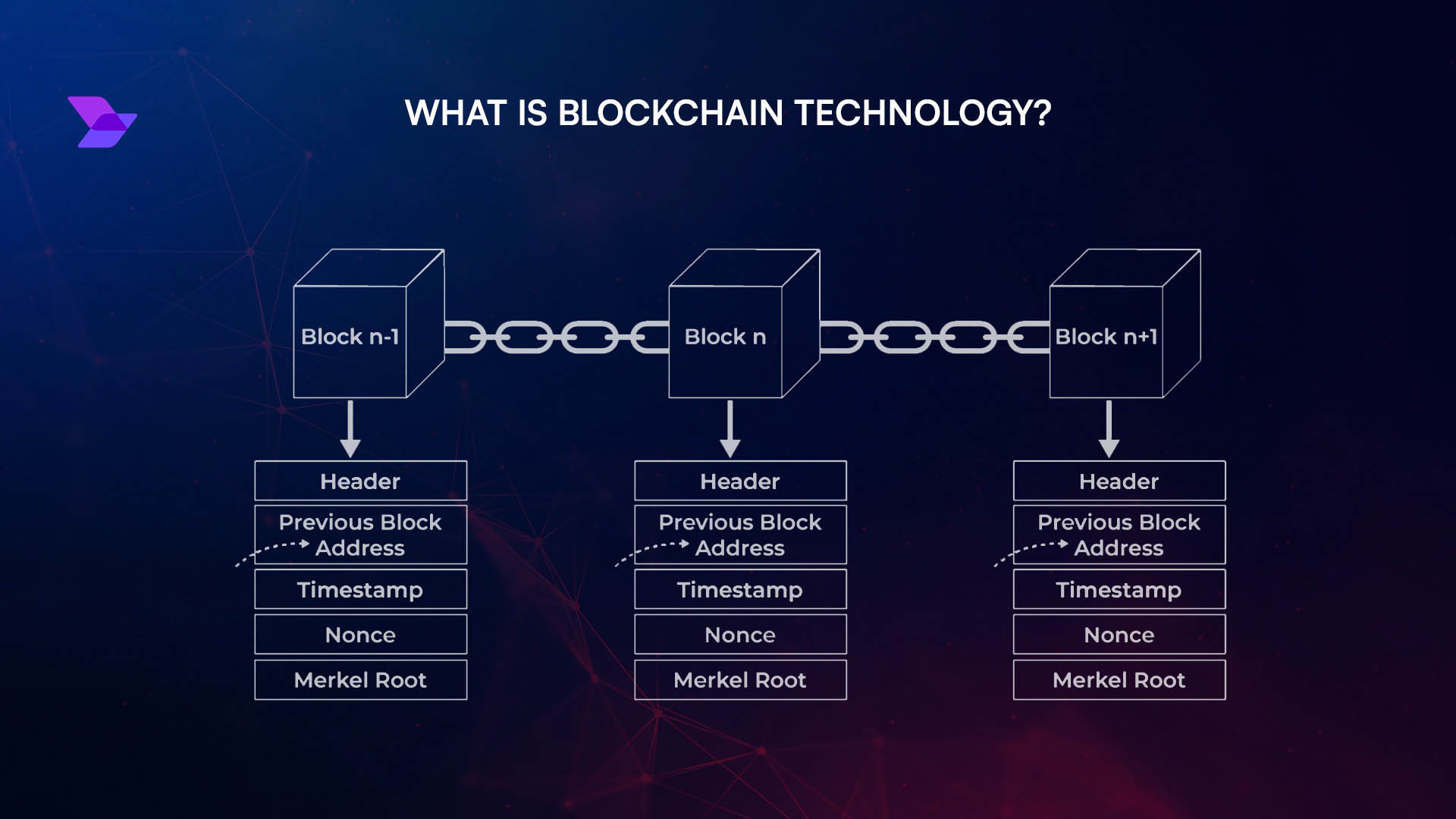
Best-in-Class Security and Performance: Eclipse demonstrates how hybrid rollups can combine the strengths of multiple networks—using Solana’s Virtual Machine for execution, Celestia for data availability, and Ethereum for settlement. This results in robust security, high throughput, and efficient data management.
-
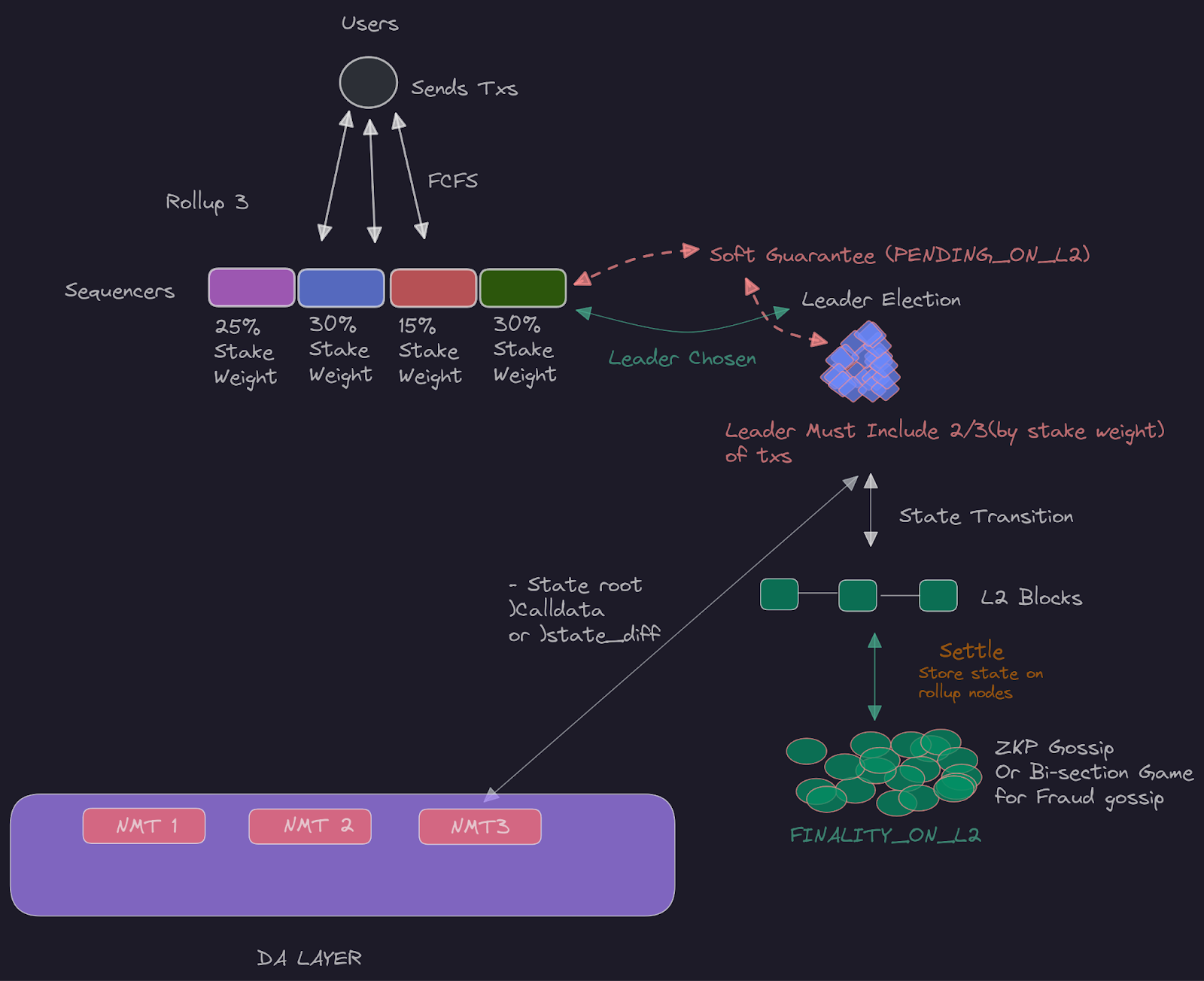
Reduced Validator Overhead and Increased Accessibility: With Celestia’s approach, rollups inherit security from the underlying data availability layer, eliminating the need for a dedicated validator set. This makes launching and operating new blockchains more accessible, even for smaller teams or projects.
Interoperability and Ecosystem Connectivity
One of the most powerful features of hybrid rollups is their ability to foster interoperability. Celestia’s integration with Hyperlane enables native TIA token transfers across major chains like Ethereum, Solana, Base, Arbitrum One, Eclipse, and Abstract. This modular approach to interoperability means assets and messages can move freely between ecosystems, no more siloed liquidity or fragmented user experiences.
By leveraging these frameworks, developers are not just building scalable blockchains, they’re building connected ones. The modular, hybrid rollup stack is quickly becoming the most practical path forward for next-gen blockchain applications.
Hybrid Rollup Adoption: What Developers Need to Know
With the rise of Rollup-as-a-Service, pre-configured infrastructure, and composable data availability solutions, launching a hybrid rollup is no longer a daunting task. The key is understanding which framework best fits your use case and how to leverage the modular stack for maximum performance and security.
Hybrid rollups are not just a theoretical breakthrough, they’re already unlocking real-world use cases and driving measurable adoption. Developers are leveraging Celestia, Eclipse, and Conduit to launch everything from high-throughput DeFi platforms to dynamic on-chain games, all with the flexibility to choose their own execution, settlement, and data availability layers. This composability is the heart of modular blockchain scaling, and it’s why hybrid rollups are gaining traction across the ecosystem.
“The modular stack isn’t just about speed or cost. It’s about giving builders the freedom to innovate without being boxed in by monolithic chains. ”
Challenges and Considerations for Hybrid Rollup Adoption
Despite the momentum, hybrid rollups introduce new design questions. Developers must weigh trade-offs between data availability options (Celestia, Ethereum, or others), execution environments (EVM, SVM, custom VMs), and settlement layers. Security assumptions shift depending on the stack, and interoperability, while vastly improved, still requires robust cross-chain messaging solutions like Hyperlane. The good news: frameworks like Conduit abstract much of this complexity, letting teams focus on product rather than plumbing.
As the technology matures, we’re seeing a new breed of Rollup-as-a-Service providers and developer toolkits that make launching a hybrid rollup as easy as deploying a smart contract. The days of months-long blockchain launches are over. Now, with platforms like Conduit and Celestia, it’s minutes, not months, to mainnet.
The Road Ahead: Modular Blockchains and the Future of Usability
Hybrid rollups signal a paradigm shift for blockchain usability. By decoupling core functions and enabling best-in-class components for each layer, modular blockchains are finally delivering on the promise of scale without sacrificing security or composability. Expect to see:
Top Emerging Use Cases Enabled by Hybrid Rollups
-
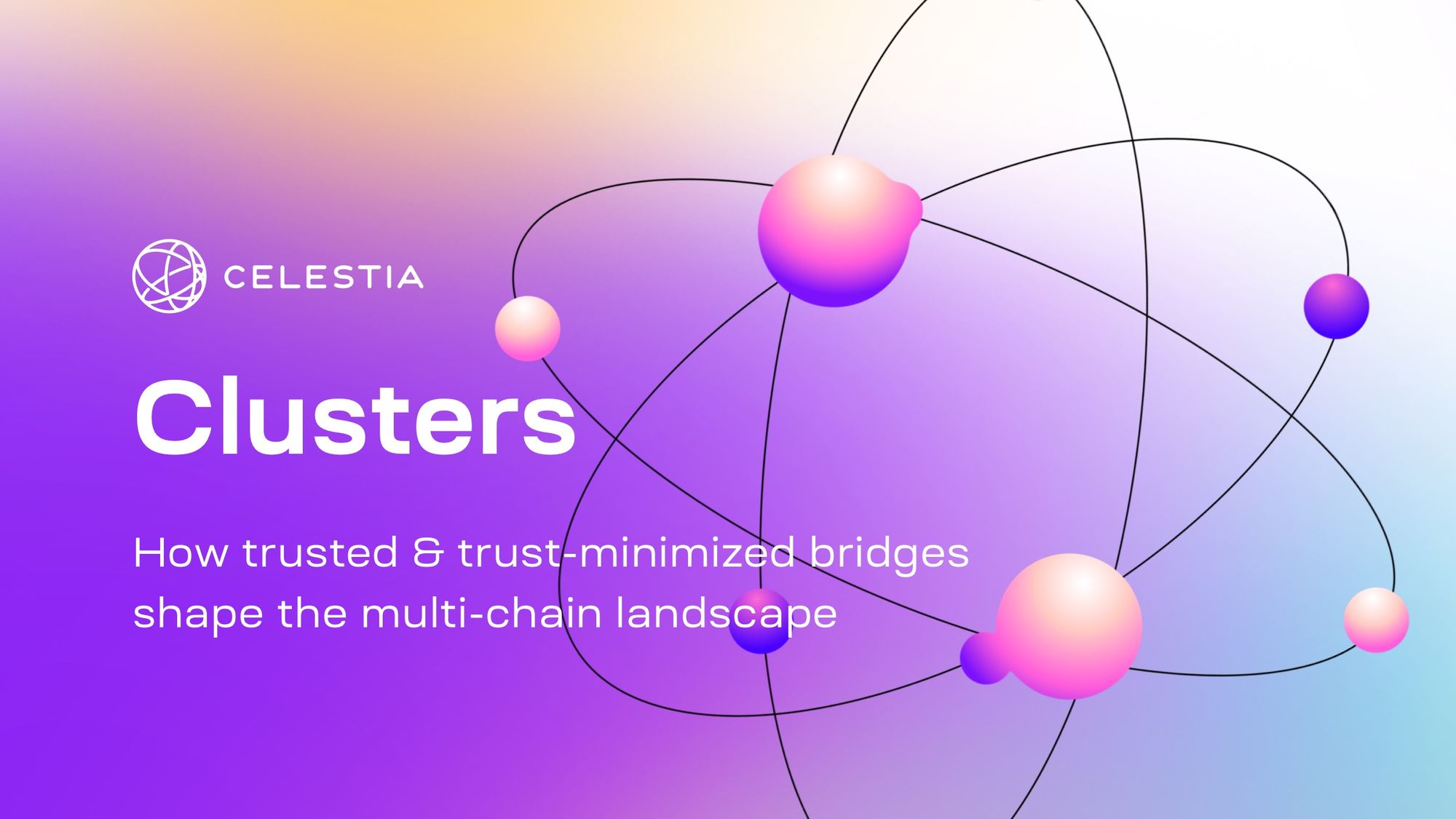
Decentralized Finance (DeFi) at Scale: Hybrid rollups like those built on Celestia and Eclipse dramatically increase transaction throughput and lower costs, enabling high-frequency DeFi protocols, AMMs, and lending platforms to operate efficiently without congestion or prohibitive gas fees.
-
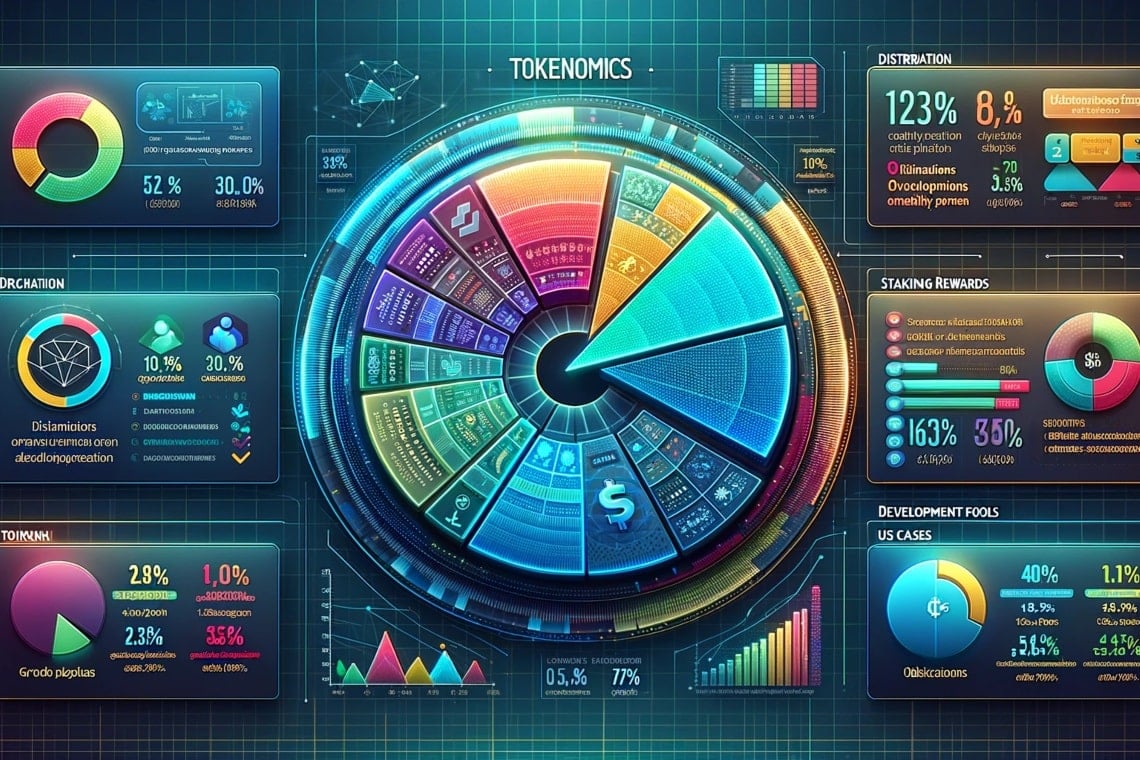
On-Chain Gaming with Dynamic Metadata: Modular data availability from Celestia empowers game developers to store and update complex in-game assets, leaderboards, and player stats directly on-chain, paving the way for fully decentralized, interactive gaming experiences.
-
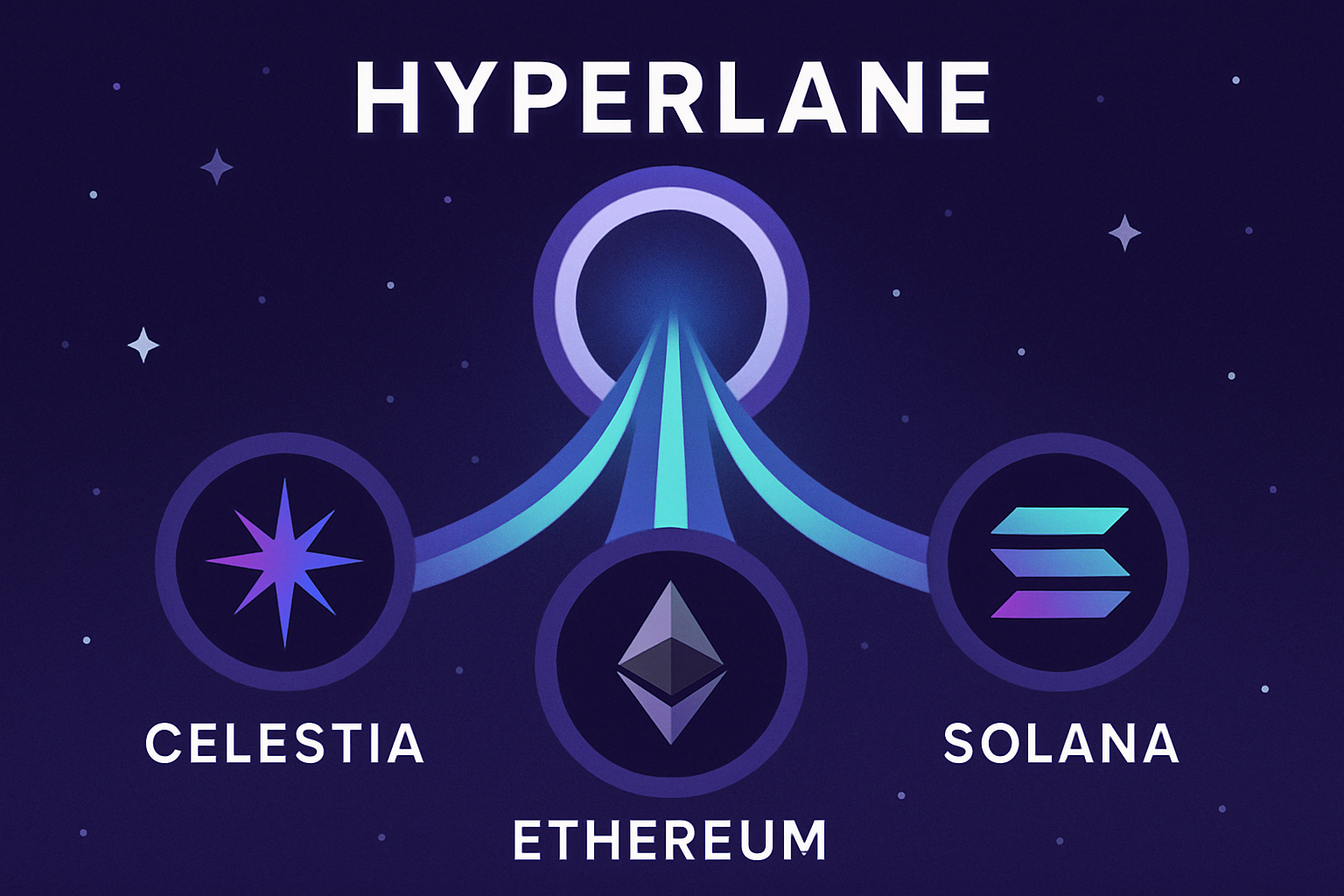
Interoperable Cross-Chain Asset Transfers: Hybrid rollups leveraging Hyperlane and Celestia enable seamless, trust-minimized transfers of assets (like TIA tokens) between major blockchains such as Ethereum, Solana, Base, and Arbitrum One, unlocking new liquidity and composability across ecosystems.
-
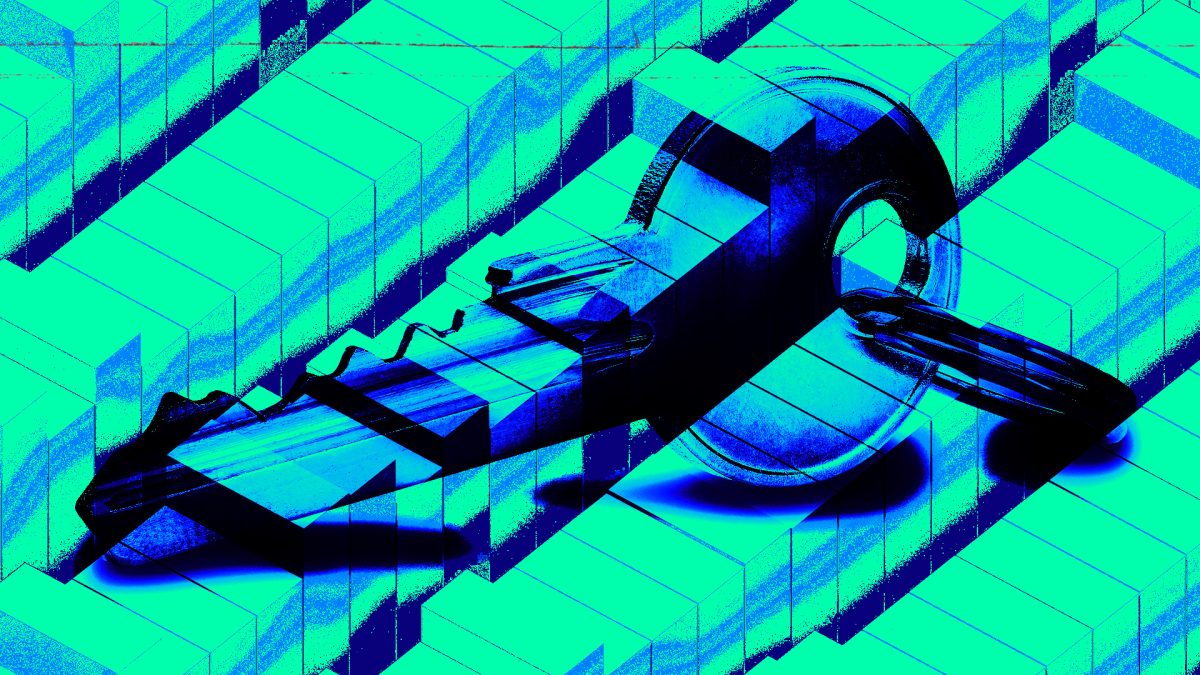
Custom Rollup Deployment for Enterprises: Platforms like Conduit offer Rollup-as-a-Service with Celestia as the data availability layer, allowing businesses to launch tailored, high-performance blockchains in minutes—ideal for fintech, supply chain, and enterprise applications requiring privacy and scalability.
-
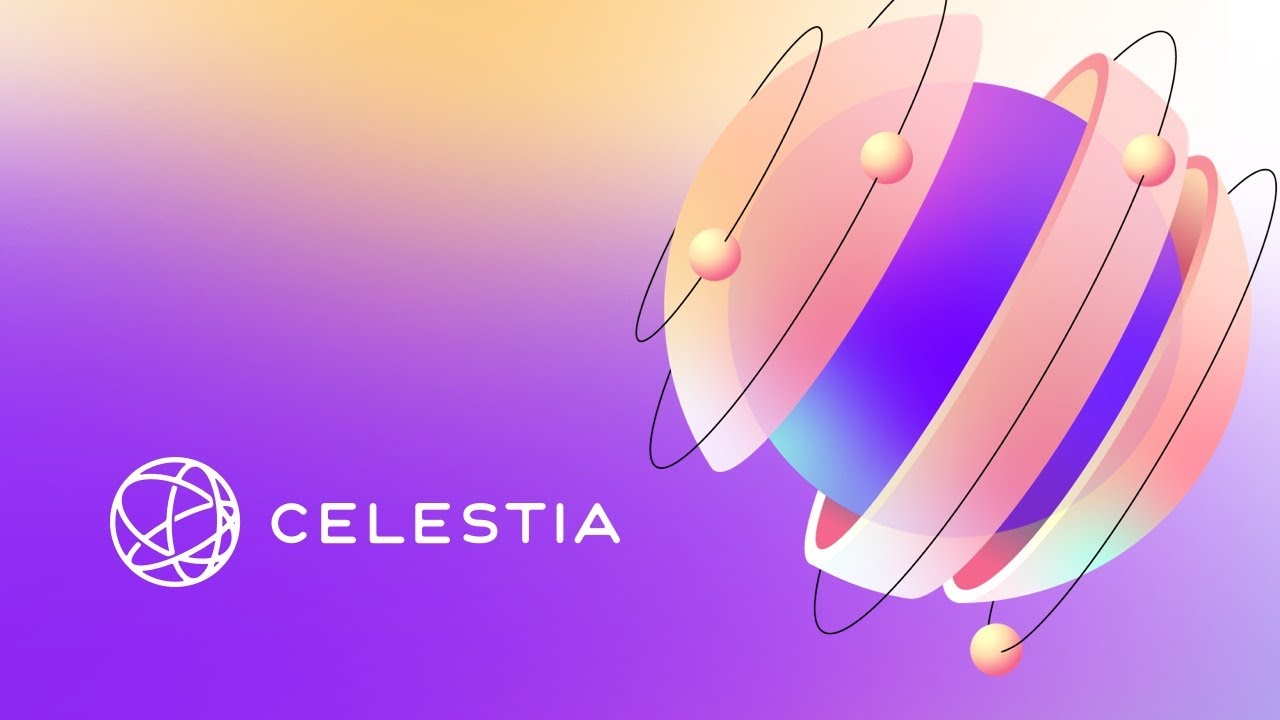
Decentralized Social Networks and DAOs: Hybrid rollups make it feasible to run social platforms and decentralized autonomous organizations (DAOs) entirely on-chain, with scalable voting, messaging, and governance modules supported by modular data layers like Celestia.
The interoperability unlocked by Celestia’s Hyperlane integration is especially pivotal. Native token transfers and seamless messaging across chains are setting the stage for a truly interconnected blockchain world, one where liquidity, users, and applications move frictionlessly between ecosystems. For developers and founders, this means new opportunities to build cross-chain dApps that would have been impossible on legacy monolithic chains.
Key Takeaways for Builders and Innovators
If you’re considering building on modular blockchains, the hybrid rollup approach is now the gold standard. Start by mapping your application’s needs, throughput, cost, security, and interoperability, then select the modular stack that fits. Whether you’re eyeing Celestia’s data availability, Eclipse’s SVM execution, or Conduit’s rapid deployment, the ecosystem is ready for experimentation and scale.
For a technical deep dive into launching your own custom rollup, check out our step-by-step guide to deploying a rollup on Celestia. For a comparative look at major frameworks, see our in-depth framework comparison.
Hybrid rollups have moved modular blockchains from vision to reality. The next wave of blockchain adoption will be built on these composable, scalable, and user-friendly foundations.



